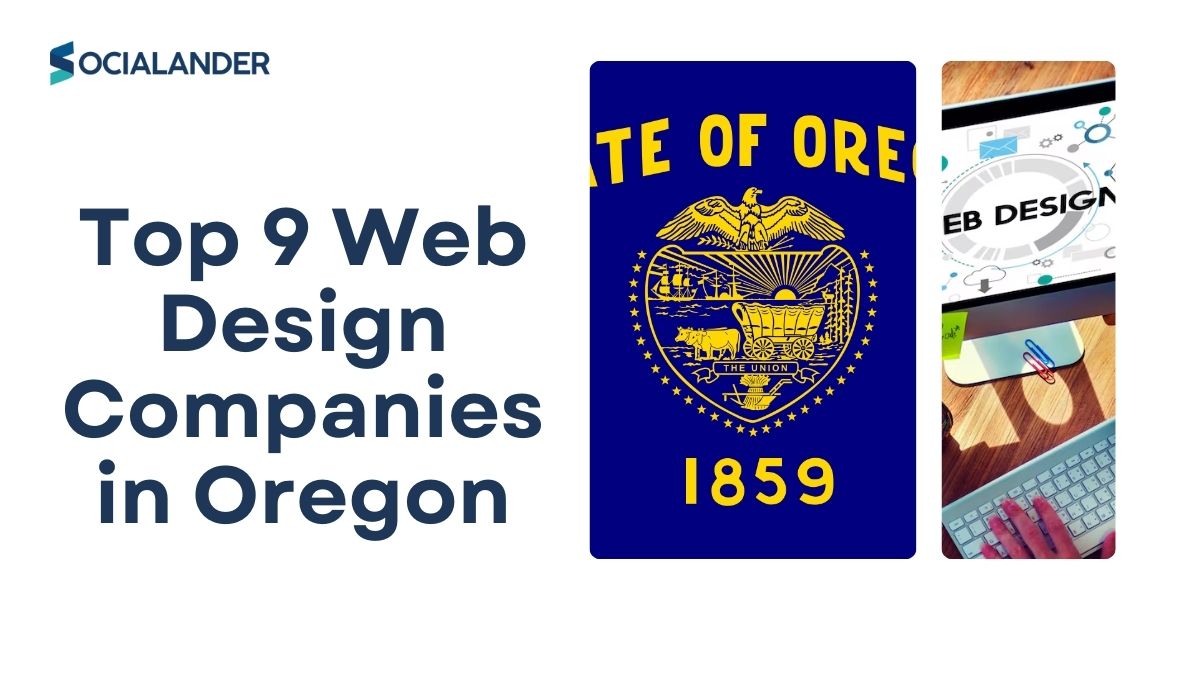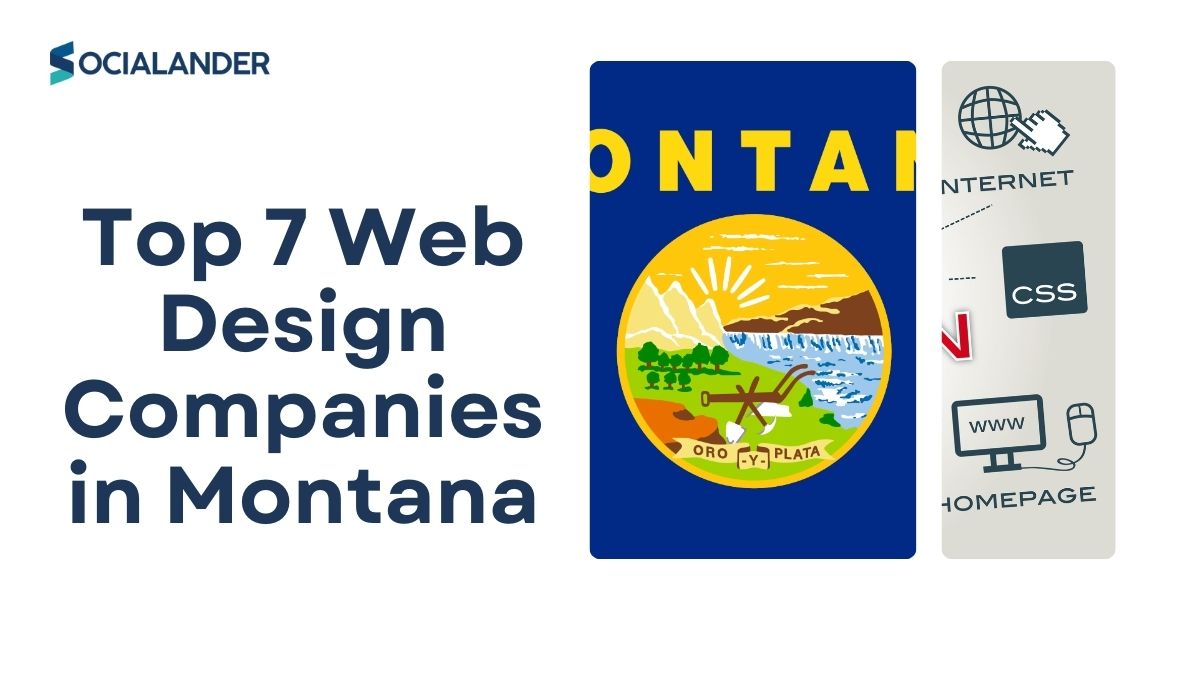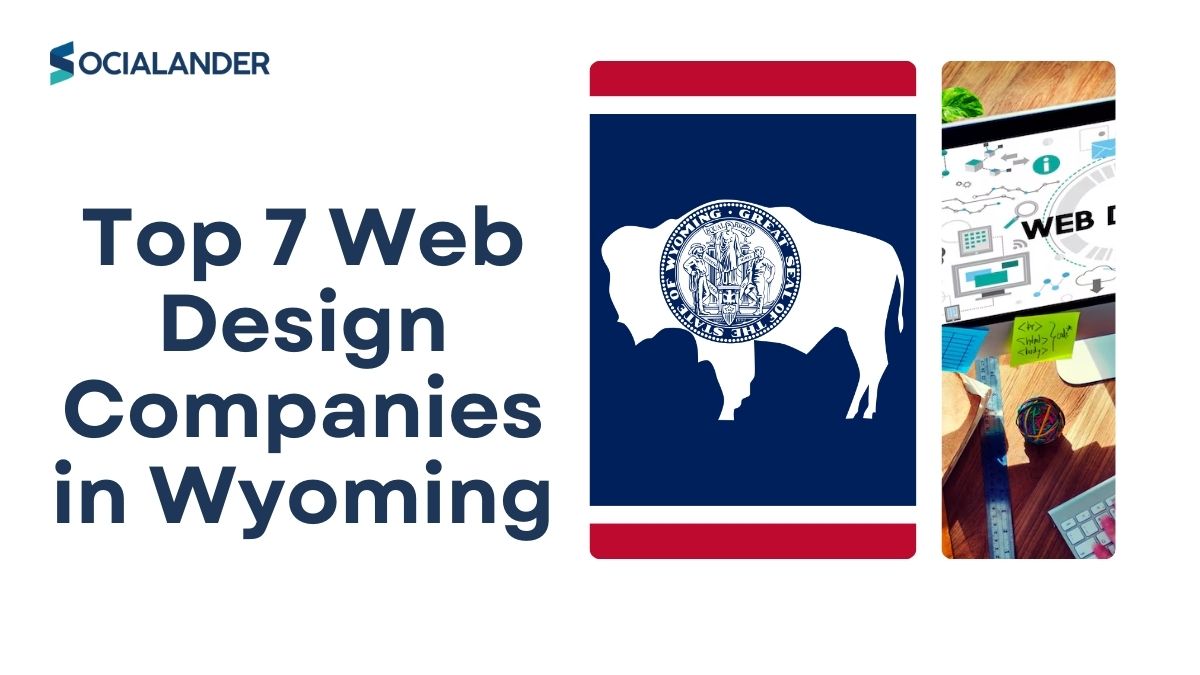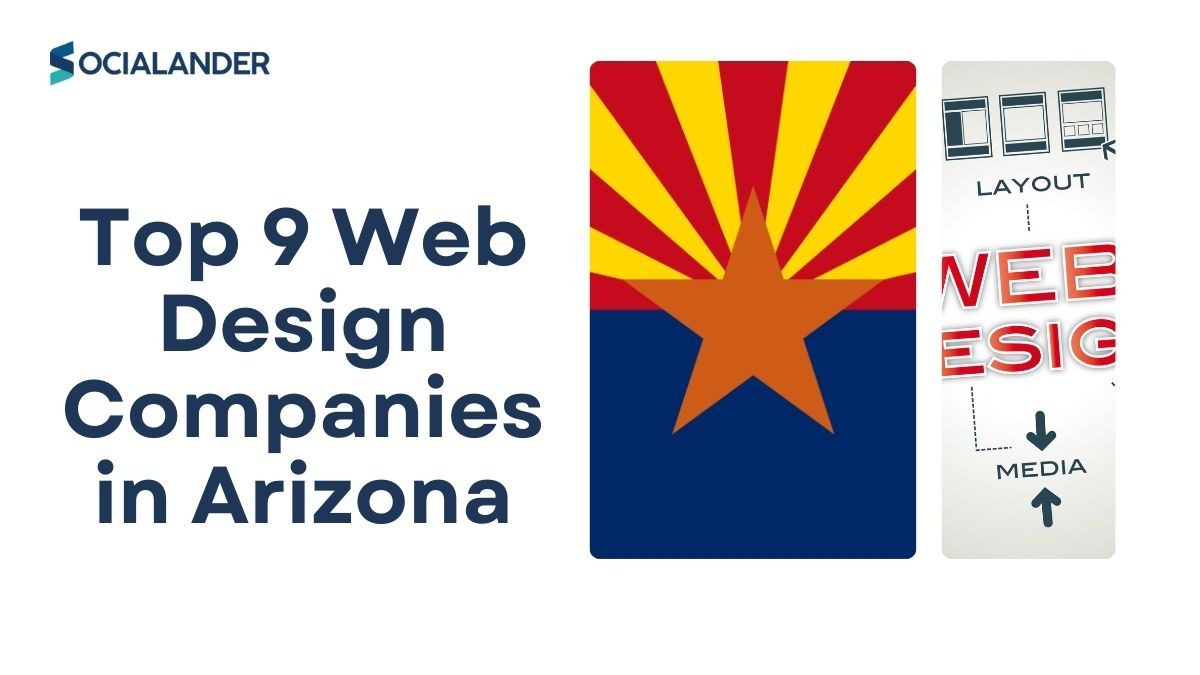Author: Chioma Anunobi
- December 11, 2025
- Uncategorized
- December 11, 2025
- Design and Development
- December 11, 2025
- Design and Development
- December 8, 2025
- Design and Development
- December 5, 2025
- SEO
- December 5, 2025
- Digital Marketing

Let's start a project that will scale your company at 10x
Ready to take your business to the next level? Partner with Socialander | Digital Marketing Agency, and let’s build a strategy that will drive your brand to unprecedented heights.





